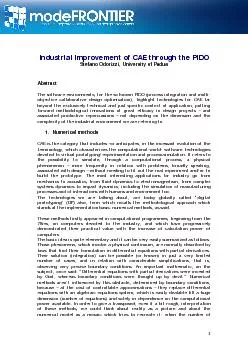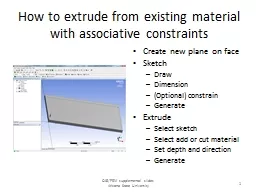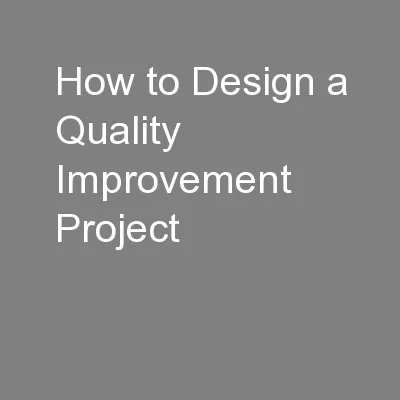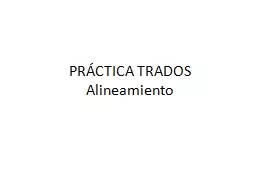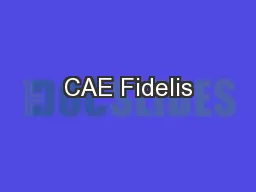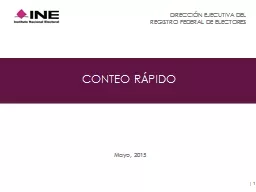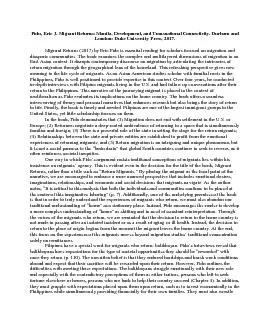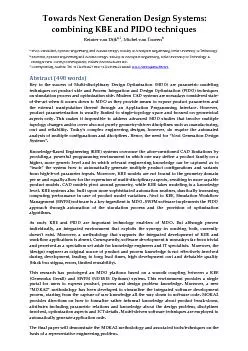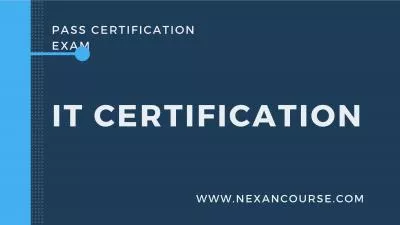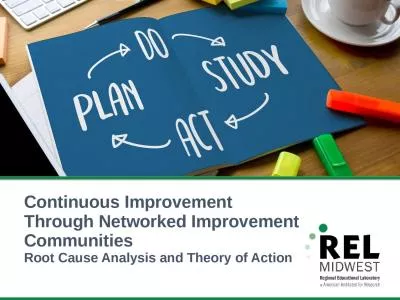PDF-Industrial improvement of CAE through the PIDO
Author : zoe | Published Date : 2020-11-23
Stefano Odorizzi University of Padua Abstract The software environments for the so known PIDO process integration and multiobjective collaborative design optimisation
Presentation Embed Code
Download Presentation
Download Presentation The PPT/PDF document "Industrial improvement of CAE through th..." is the property of its rightful owner. Permission is granted to download and print the materials on this website for personal, non-commercial use only, and to display it on your personal computer provided you do not modify the materials and that you retain all copyright notices contained in the materials. By downloading content from our website, you accept the terms of this agreement.
Industrial improvement of CAE through the PIDO: Transcript
Download Rules Of Document
"Industrial improvement of CAE through the PIDO"The content belongs to its owner. You may download and print it for personal use, without modification, and keep all copyright notices. By downloading, you agree to these terms.
Related Documents

